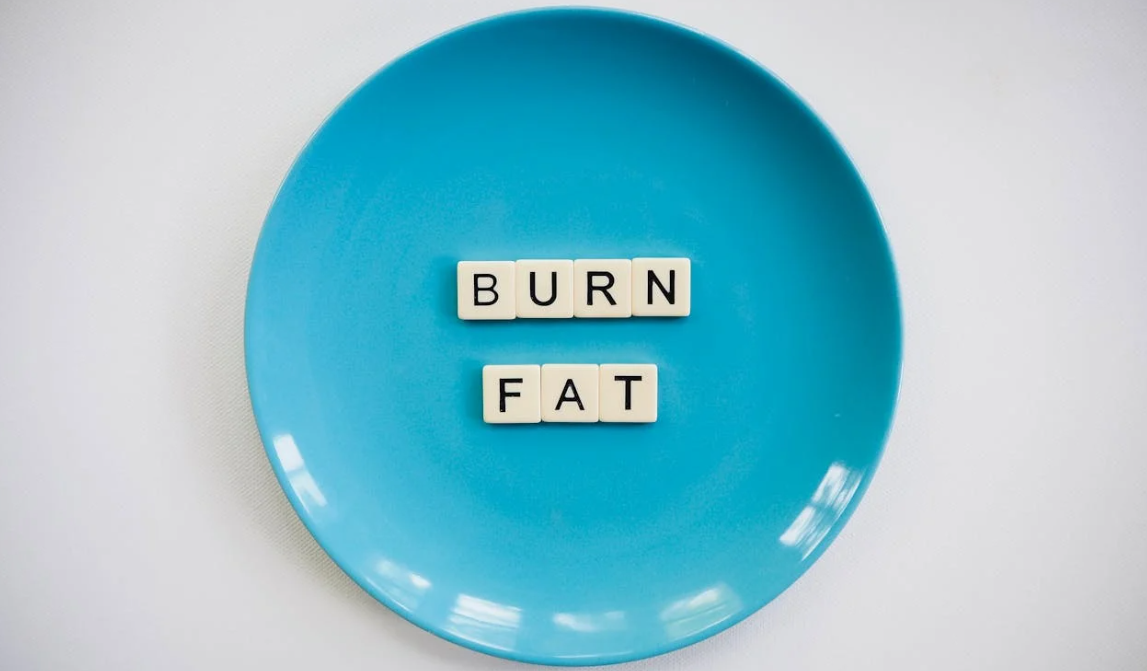It’s that time of year when popular diets are everywhere. If you’re trying to lose weight, you might think about avoiding certain foods. But instead of saying “no” to your favorites, why not focus on all the healthy foods you can eat? These seven foods are not only nutritious but also linked to weight loss and good health. You might even find some of your favorites on this list.
Avocados
Avocados sometimes get a bad rap because they’re high in calories and fat. But they’re actually a healthy choice. They’re full of fiber and healthy fats that can help you feel full. They’re one of the few fruits with these good fats, which are good for your heart and can help you maintain a healthy weight.
A study in 2019 looked at over 55,000 people and found that those who ate avocados were less likely to gain weight over four to 11 years. The researchers think this is because avocados have fiber, which makes you feel full and supports good hormones in your gut that control weight and appetite.
One downside is that avocados don’t have much protein. To get more protein, you can eat them with foods like beans, lentils, eggs, or hemp seeds.
Nuts
Nuts are often seen as high-calorie snacks, but they’re actually really good for you. Adding nuts like pistachios to your diet can help with weight loss and might even lower your blood pressure. And it’s not just pistachios—other nuts like walnuts, almonds, and cashews have similar benefits.
One reason nuts are so good for you is because they’re full of unsaturated fat, which is healthy for your body. A study in 2019 found that replacing some less healthy foods with nuts can help prevent weight gain and reduce the risk of obesity.
You can eat nuts as a snack on their own, or add them to salads, oatmeal, or soups. If you prefer nut butter, make sure to choose brands that only have nuts and salt. And remember, you only need about an ounce of nuts (around 15-20, depending on the size) to get the benefits.
Seeds
Seeds might be small, but they’re packed with good stuff. Like nuts, seeds have healthy fats, fiber, and protein. Chia seeds, for example, can absorb a lot of water in your stomach, which helps you feel full.
Research shows that eating fiber can help people lose weight, especially if they’re overweight or obese. Seeds are a great source of fiber. Chia seeds have 10 grams of fiber per ounce, while flaxseeds have 8 grams.
Adding more seeds like chia, hemp, flax, or pumpkin to your diet is a smart move. They give you extra protein, fiber, and healthy fats, which help you feel full longer. You can sprinkle them on yogurt, oatmeal, or add them to smoothies.
Potatoes
Whether you like white potatoes or sweet potatoes, adding them to your meals is a good idea for your health. A medium potato has 151 calories and provides about 11% of your daily fiber needs. Sweet potatoes are rich in vitamin A, while both types of potatoes have plenty of potassium, which is important for controlling blood pressure.
Both white and sweet potatoes contain resistant starch, a type of carb that helps your gut. When you cook potatoes and then let them cool, they develop more resistant starch. This starch can help control hormones in your gut that make you feel full and satisfied, which might help you eat fewer calories. So, include potatoes in your meals to help manage your weight.
Fruit
With the popularity of low-carb diets, fruit sometimes gets a bad rap. However, the latest Dietary Guidelines suggest that most adults should eat two servings of fruit daily for a healthy lifestyle. Plus, many fruits are packed with fiber, which helps you feel full and can lower your risk of chronic diseases.
If you’re avoiding fruits with more starch or sugar because you’re trying to lose weight, you might want to reconsider. Bananas, for example, have resistant starch, which can help with weight control. A 2020 review found that eating more fruits and vegetables can help women lose weight. It’s best to eat whole fruits for the most fiber and fullness.
Whole Grains
Whole grains are another excellent source of fiber. “Research shows that people who eat more whole grains tend to have an easier time managing their weight,” says Shaw. And this includes foods like whole-grain bread, brown rice, and whole-wheat pasta—good news for carb lovers!
Shaw suggests eating a variety of whole grains, such as farro, brown rice, quinoa, sorghum, and oats, to get the most benefits.
Plus, a 2019 study in Gut suggests that replacing refined grains with whole grains could help with weight loss. The fiber in whole grains, along with other nutrients, might help you feel fuller, so you end up eating fewer calories overall.
Dessert
Yes, it’s true: You can have dessert and still reach your weight loss goals. Avoiding dessert completely isn’t a good idea because it can lead to strong cravings and overeating later. This creates a cycle of feeling guilty and restricting yourself, which isn’t healthy.
Instead, enjoy your favorite dessert in moderation without feeling guilty. Choose a small serving, eat it slowly, and really enjoy each bite. If you want more, you can always have more later. The key is to be mindful and present while you eat, which can help you feel satisfied even with a smaller portion.









